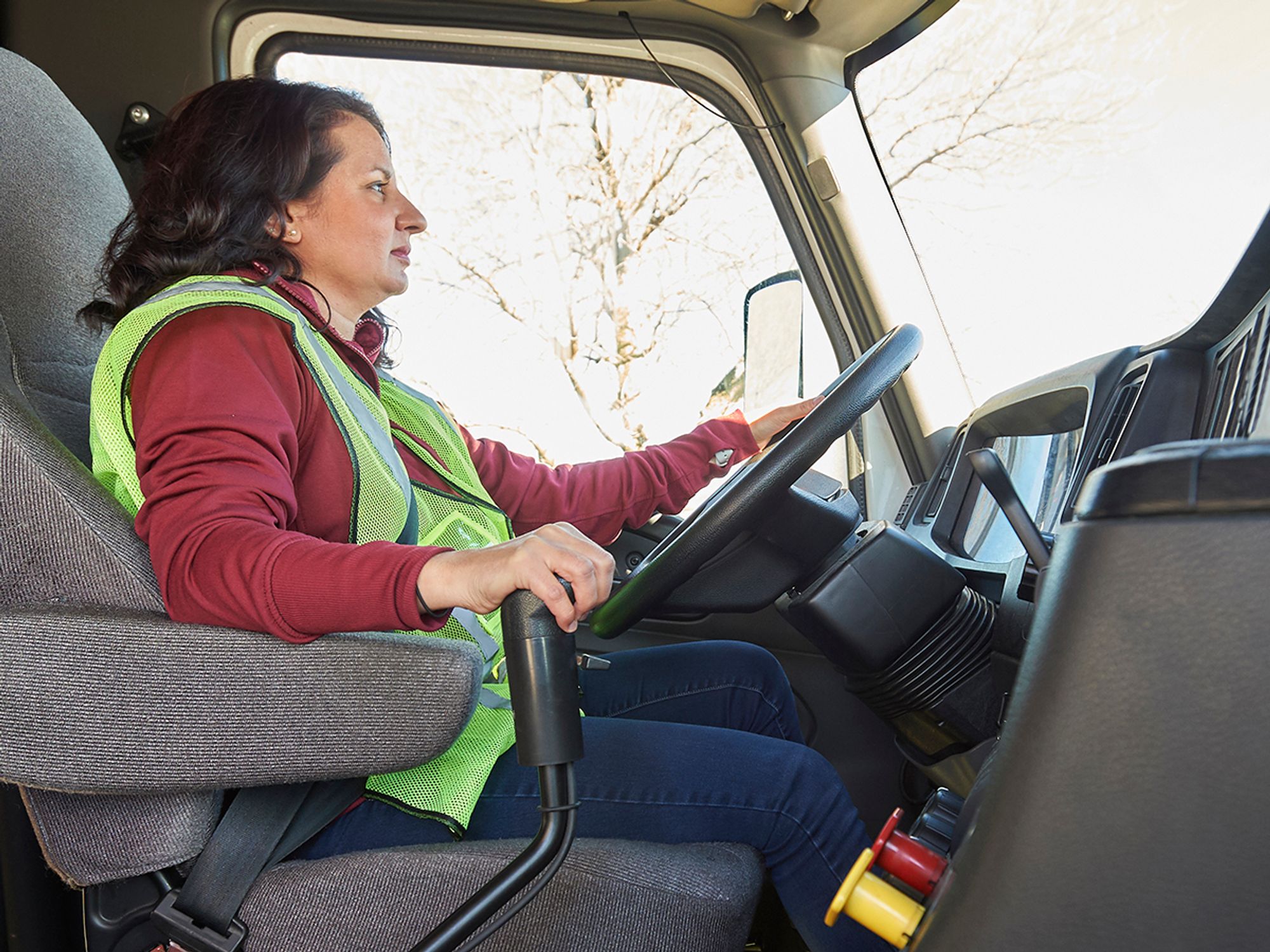InstituteCommercial drivers license CDLCommercial learners permit CLPEntry-Level driver trainingEntry-level driver trainingCommercial drivers license CDLCDL endorsements and restrictionsEnglishAnalysisFocus AreaCompliance and Exceptions (Level 2)USA
Class description
['Commercial drivers license CDL', 'Entry-Level driver training']

- Commercial driver's licenses (CDLs) are classified as either Class A, B, or C.
- Class A (combination vehicles) and Class B (single-unit vehicles) are classified by weight or weight rating.
- Class C vehicles (single or combination) are vehicles that do not meet the definition of a Class A or Class B vehicle and are designed to transport 16 or more passengers, including the driver, or are used in the transport of hazardous materials.
Commercial driver’s license (CDL) classes are determined by the manufacturer’s gross vehicle weight rating (GVWR) or gross combination weight rating (GCWR), or the vehicle’s gross vehicle weight (GVW) or gross combination weight (GCW). The CDL classes, defined in 383.91(a), are as follows:
| CDL class | Description |
|---|---|
| Class A | Any combination of vehicles with a GCWR of 26,001 pounds or more provided the GVWR of the vehicle(s) being towed is more than 10,000 pounds. |
| Class B | Any single vehicle with a GVWR of 26,001 pounds or more, or any such vehicle towing a vehicle not more than 10,000 pounds GVWR. |
| Class C | Any single vehicle, or combination of vehicles, that meets neither the definition of Class A nor that of Class B, but that either:
|
A driver holding a Class A CDL can also operate both Class B CDL and Class C CDL vehicles (with appropriate endorsements). A driver holding a Class B CDL can also operate a Class C vehicle (with appropriate endorsements). (383.91(c)).
Did you know?
- The driver of a bobtail tractor can hold a Class B CDL if the vehicle is not pulling a trailer over 10,000 pounds.
- Whether a vehicle has air brakes does not affect whether a CDL is required.
- A combination vehicle may be rated at more than 26,000 pounds but not require a CDL. For example, a tractor rated at 25,000 pounds (GVWR) pulling a trailer rated at 9,000 pounds, with no hazardous materials, does not satisfy the federal requirement for needing a CDL.
